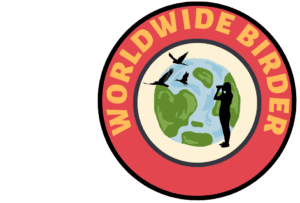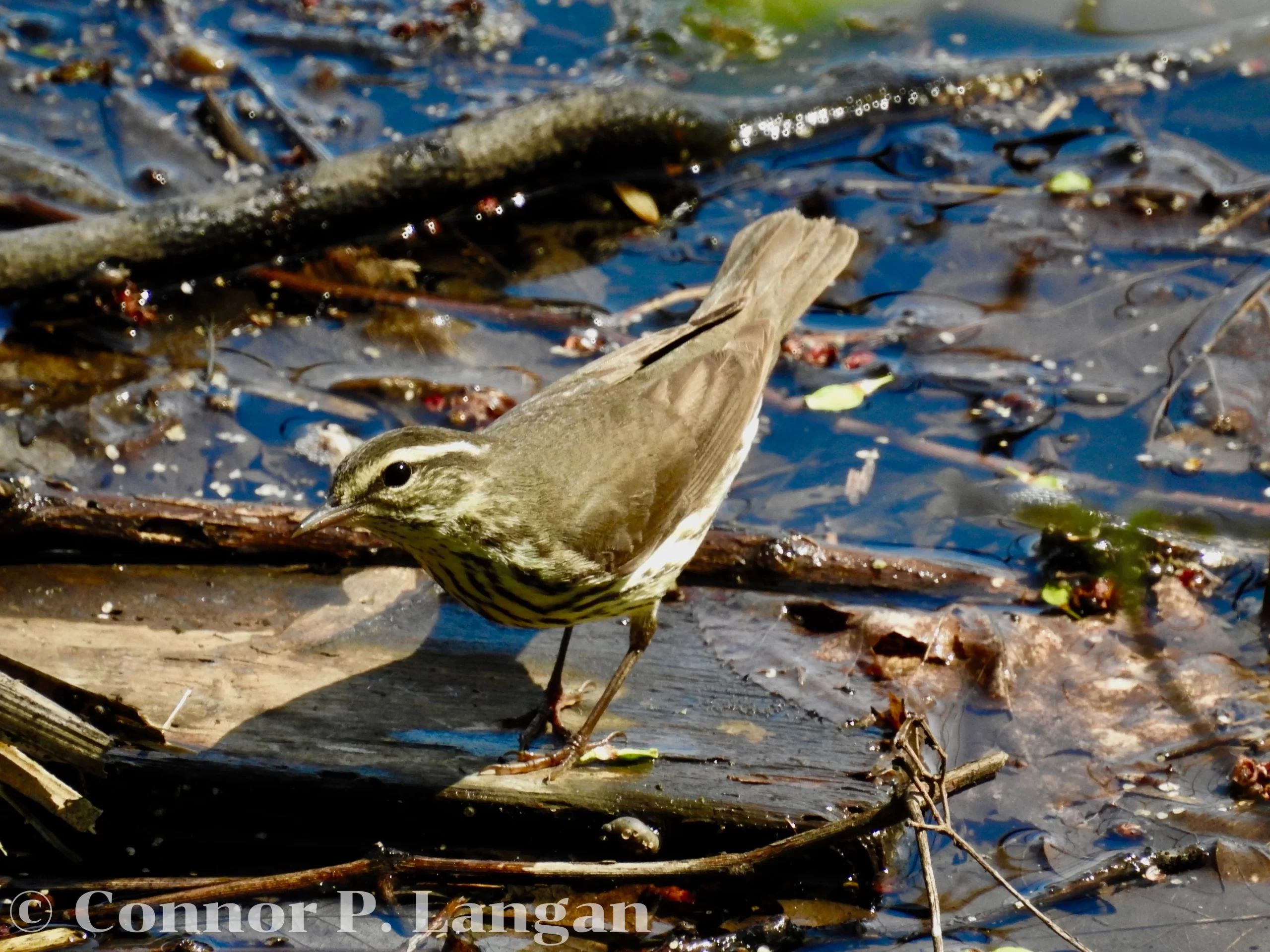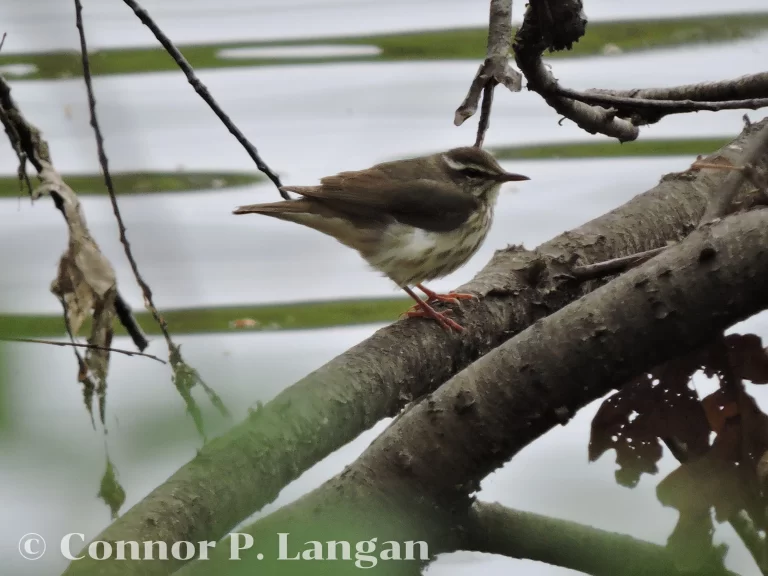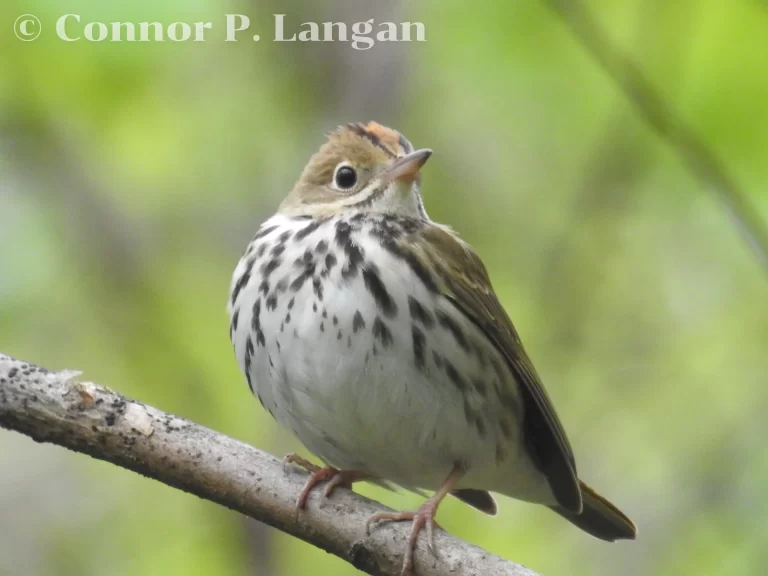Description
Northern Waterthrushes are sizable warblers with long legs, short tails, and petite bills.
This species is large for a warbler, measuring 4.75 to 5.5 inches and weighing around 0.6 ounces.
Male and female Northern Waterthrushes are indistinguishable from one another, and they maintain the same plumage throughout the year.
Northern Waterthrushes have tan-colored supercilia, brown backs, and pale, cream-colored undersides with dark streaks. This species also has a brown cap and a pale, streaked throat.
Immature Northern Waterthrushes look the same as adults.
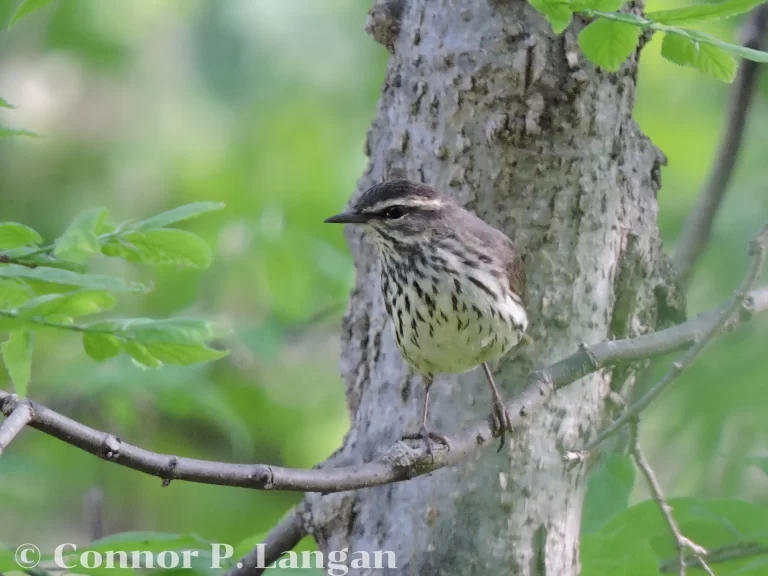
Behavior
Northern Waterthrushes constantly bob their tails up and down as they go about their daily activities. Males establish territories that may be as large as 100 acres, and they defend this area from intruding males.
Diet
Insects make up the bulk of a Northern Waterthrushes’ diet. These birds find plenty of insect larvae in their aquatic biomes.
Northern Waterthrushes also consume mollusks, fish, and amphibians on occasion.
Habitat
This species does not have stringent habitat requirements, as they seem to thrive anywhere that is moderately wet. They’re commonly found within bogs, marshes with adjacent trees, and near flowing waterways.
Northern Waterthrushes most commonly establish territories adjacent to water, but some birds are content with the prospect of breeding in a saturated patch of forest. Look for Northern Waterthrushes to show up in a range of wet biomes during migration.
Mangroves are a crucial part of the wintering grounds for Northern Waterthrushes, with these birds surviving in the low-lying areas of these coastal habitats.
Range
Northern Waterthrushes have a massive breeding range, as they breed as far south as Virginia and as far north as Alaska. Look for Northern Waterthrushes to spend the winter in Mexico, the Caribbean, Central America, and northern South America.
Breeding
Northern Waterthrushes form pair bonds following courtship in which a male pursues a female while singing and vibrating his wings. Receptive females will vocalize back to males. Northern Waterthrushes are monogamous during the breeding season, but they often choose different mates every year.
Female Northern Waterthrushes select the location for the nest-which is most commonly situated within thickets or tree roots. Both male and female Northern Waterthrushes participate in the nest construction.
Nests are made out of grasses, lichens, and other plant fibers. The end result is a cup-shaped nest.
A single brood is produced by a female annually, with up to 5 eggs being produced per clutch. It likely takes about two weeks for eggs to hatch, and the young probably leave the nest 12 days after hatching.
Backyard Birding
These warblers will not feed from bird feeders or nest in birdhouses. If you have a pond within a forested area of your property then you may be able to attract these birds.
Population Status
Northern Waterthrushes have experienced sensational population increases in the past half-century, as they have grown their population by more than 50%. There are around 17 million Northern Waterthrushes in existence today.
Although Northern Waterthrush populations are doing well now, climate change will likely pose a threat to this species in the future as rising sea levels flood the wintering habitat of Northern Waterthrushes.
